Contemporary art constantly pushes the boundaries of creativity. Artists today use unexpected materials to challenge conventional notions of what art can be. This shift has led to the inclusion of items that were once considered unusable or unconventional. These materials add unique textures, meanings, and experiences to the art. Here’s a look at some of the most surprising materials used in contemporary art today.
Recycled Plastics
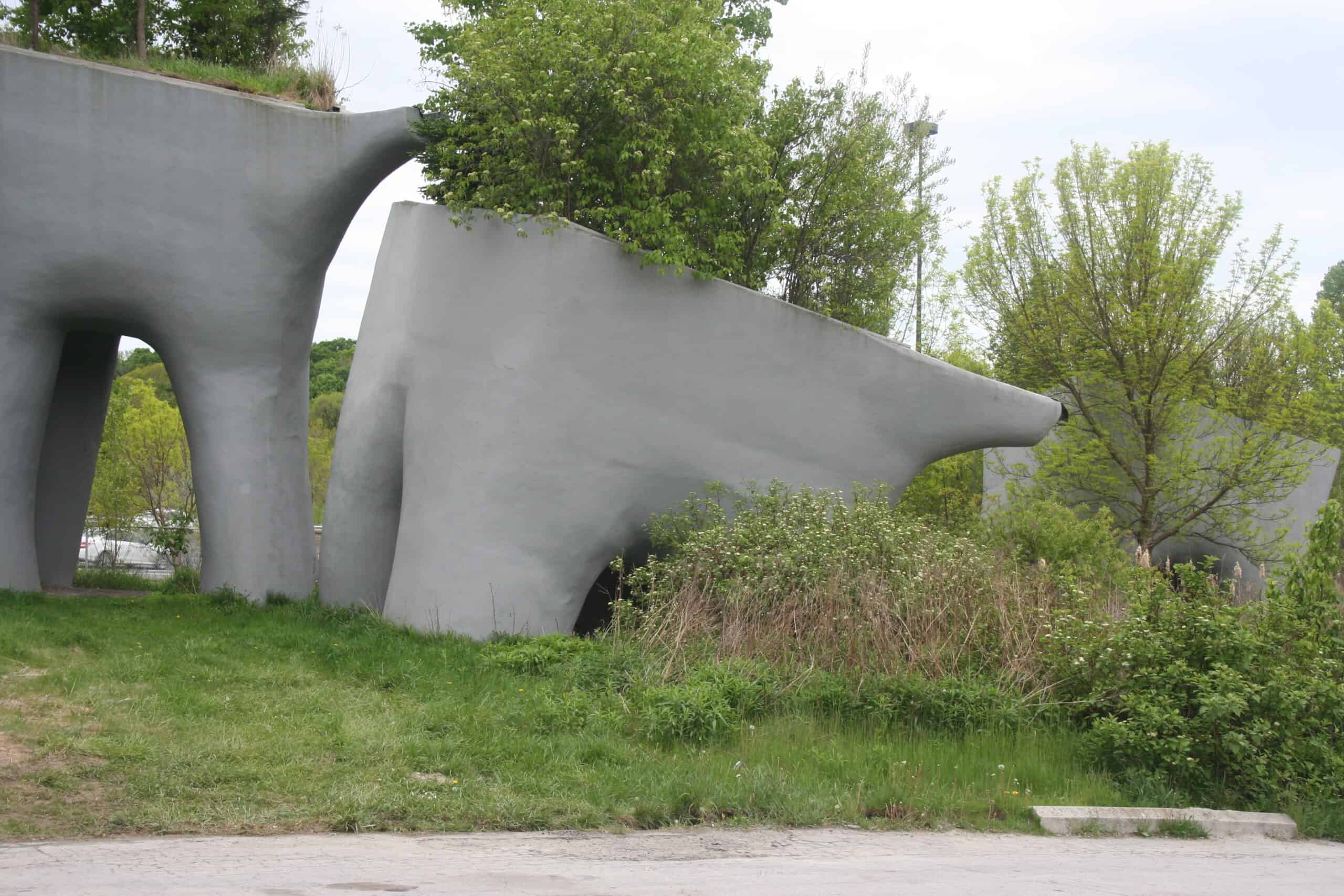
Artists have turned recycled plastics into thought-provoking art. They use discarded bottles, bags, and packaging to create sculptures and installations. This material symbolizes environmental concerns, emphasizing the impact of waste. Its bright colors and diverse shapes add a dynamic visual appeal. The durability of plastic allows for both indoor and outdoor displays.
Coffee Grounds
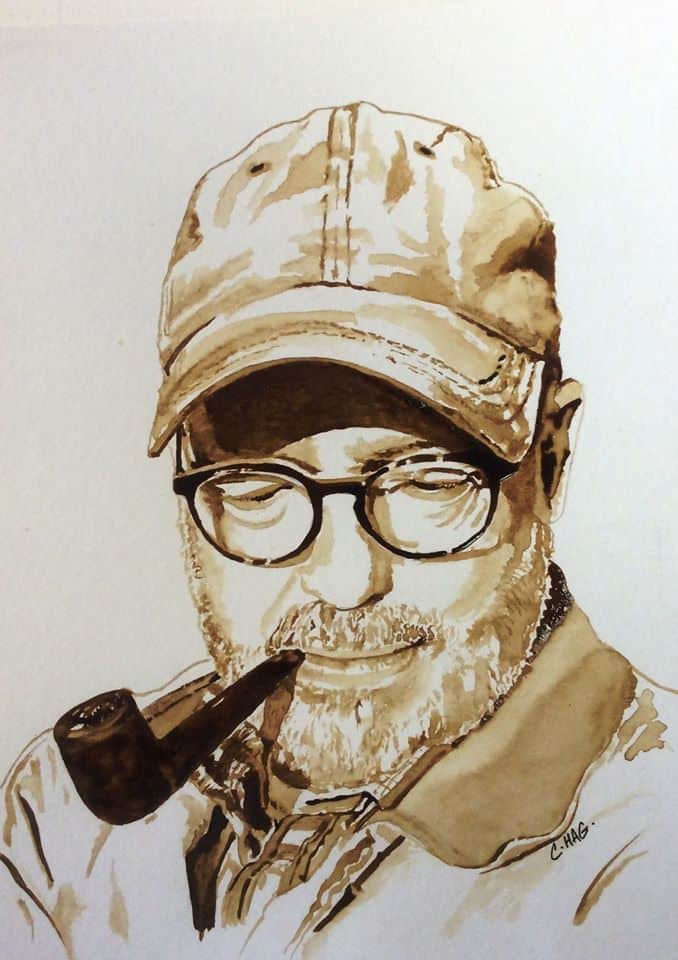
Coffee grounds have found a place in modern art. They provide a rich, organic texture that artists use in painting and mixed media. The grounds are often combined with other materials, adding depth to the artwork. They also carry a subtle, earthy aroma, enhancing the sensory experience. This material reflects the everyday nature of the medium, connecting art with daily life.
Chewing Gum
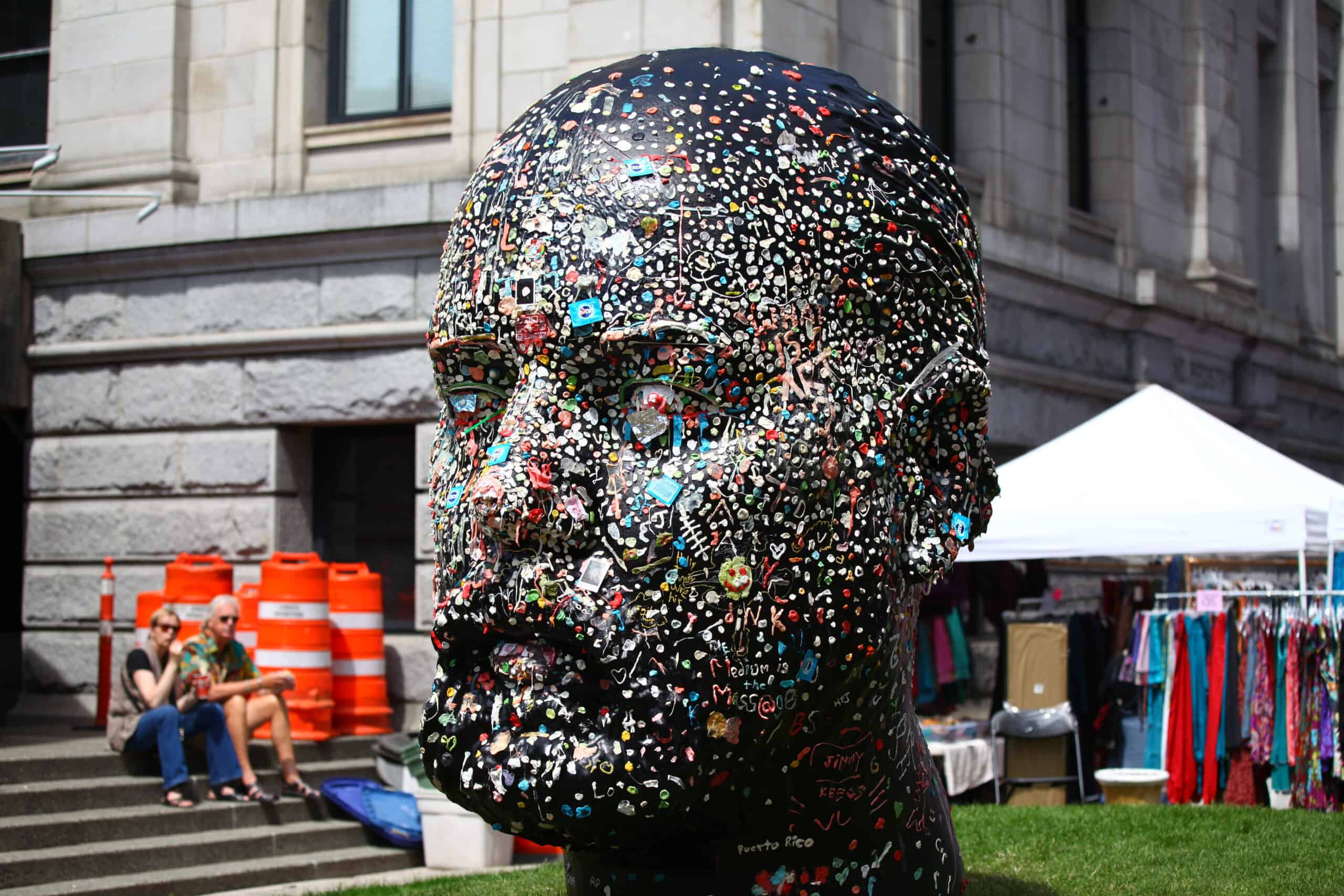
Chewing gum is an unexpected yet versatile art material. Artists use its pliable nature to create sculptures and murals. The gum’s sticky texture allows it to adhere to various surfaces. Its bright, often pastel colors add a playful, yet slightly grotesque, quality. This material often comments on consumer culture and the ephemeral nature of daily life.
Light and Shadows
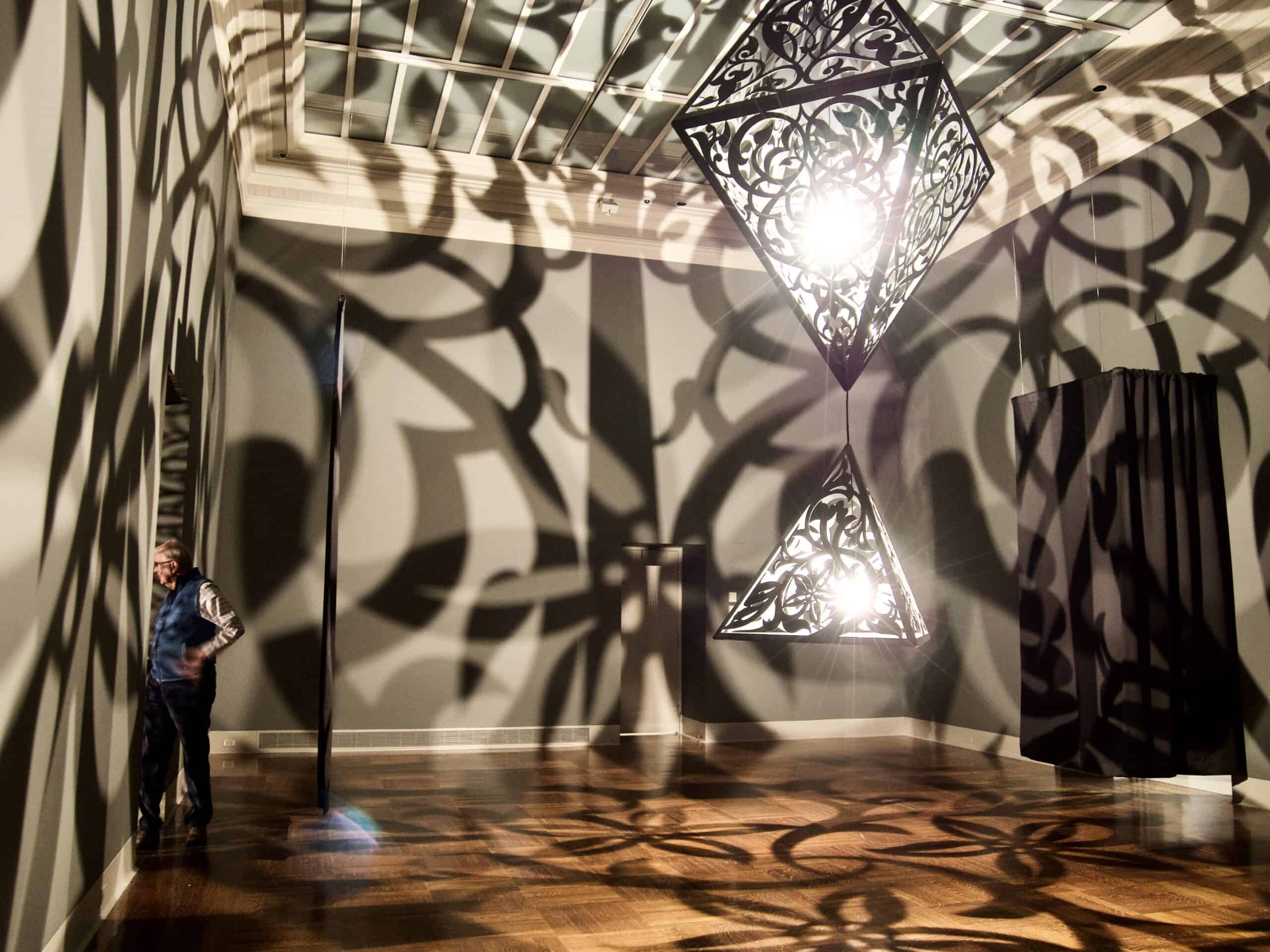
Light and shadows are ephemeral materials in contemporary art. Artists manipulate natural or artificial light to create shifting patterns. These elements bring a transient quality to the work, as shadows change with time. This approach adds a sense of movement and life to otherwise static pieces. It also encourages viewers to engage with the artwork in a dynamic way.
Food Items (e.g., bread, chocolate)

Food items like bread and chocolate are now used in art. Artists sculpt, paint, or arrange these edible materials into artworks. The perishability of food adds a temporary aspect to the pieces. It often explores themes of consumption, decay, and culture. The use of food blurs the line between sustenance and art, engaging multiple senses.
Microorganisms (e.g., bacteria, mold)

Microorganisms such as bacteria and mold are surprisingly artistic materials. Artists cultivate them on various surfaces to create living, evolving works. The growth patterns of these organisms introduce an organic, unpredictable element. This material connects art with science, exploring life’s microscopic aspects. It also challenges traditional views of cleanliness and decay in art.
Industrial Waste
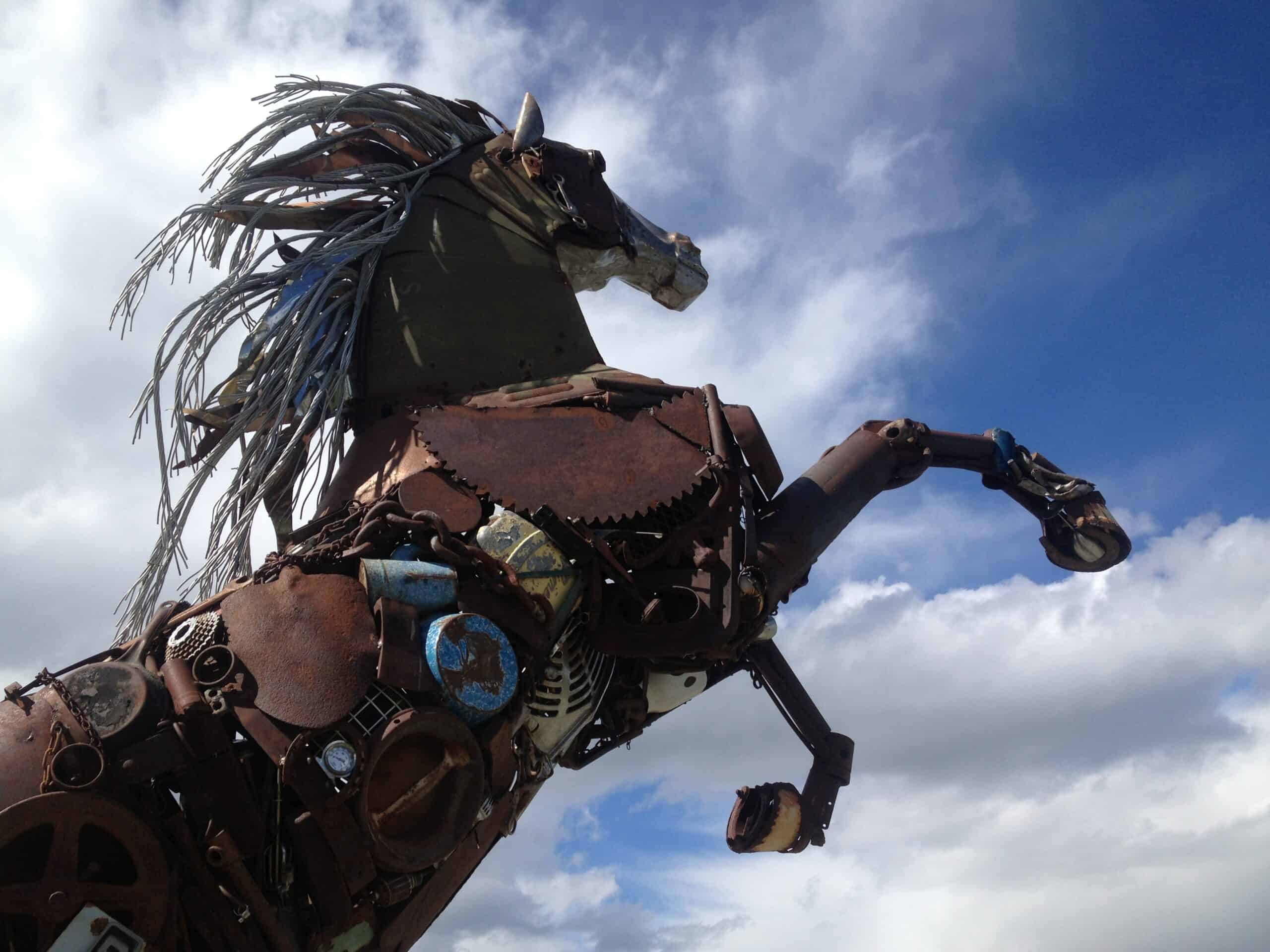
Industrial waste is now a powerful medium in contemporary art. Artists repurpose discarded materials like metal scraps, machinery parts, and debris. These elements symbolize the impact of industrialization and consumerism. The rough textures and irregular forms add a raw, gritty aesthetic. This material often carries a message about sustainability and the environment.
Dust and Dirt
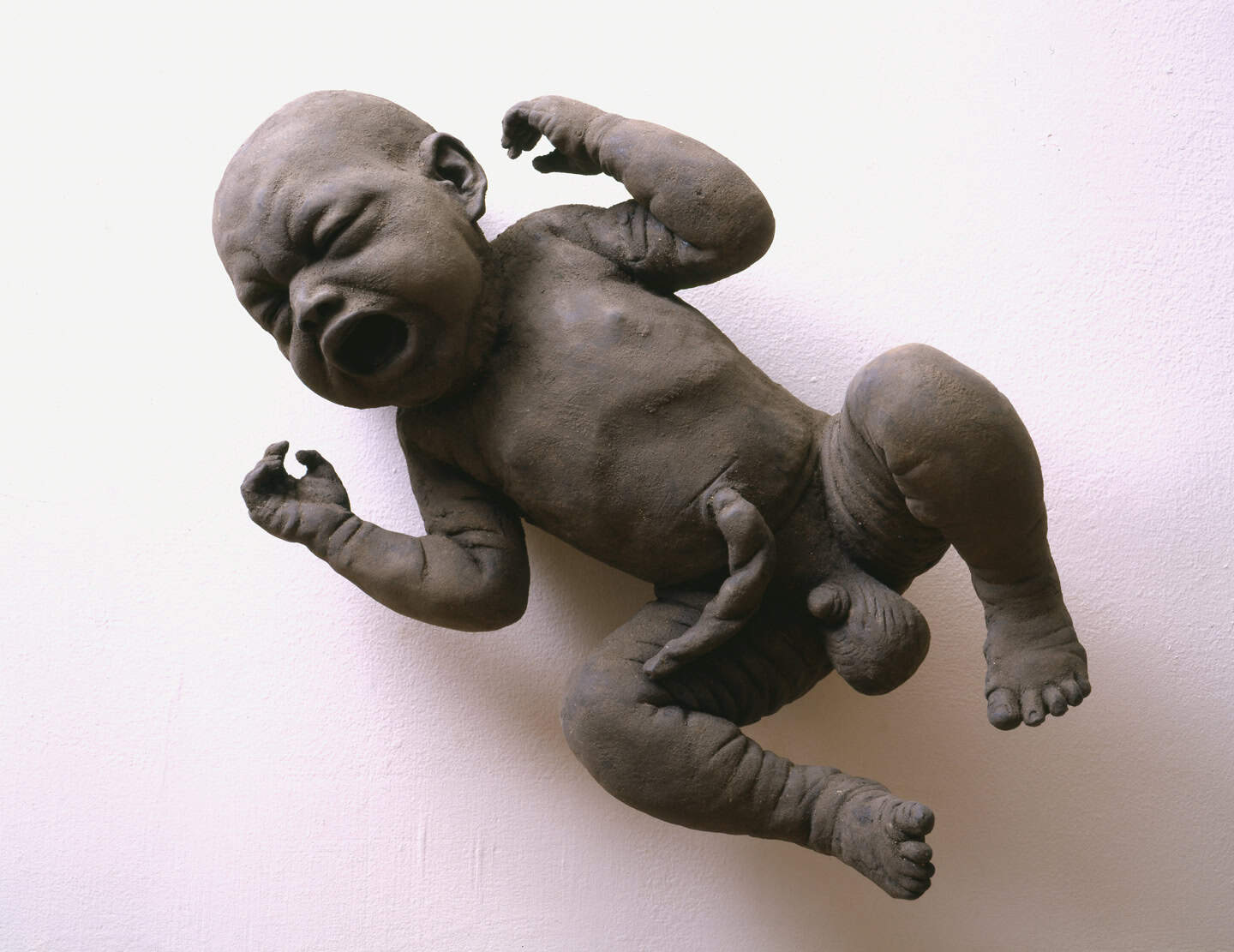
Dust and dirt are unconventional yet evocative art materials. Artists use them to create textured, earthy compositions. These materials connect the artwork with natural processes and the passage of time. Dust can settle on surfaces, forming delicate layers, while dirt adds a tactile, grounded quality. They often explore themes of decay, memory, and impermanence.
Soap
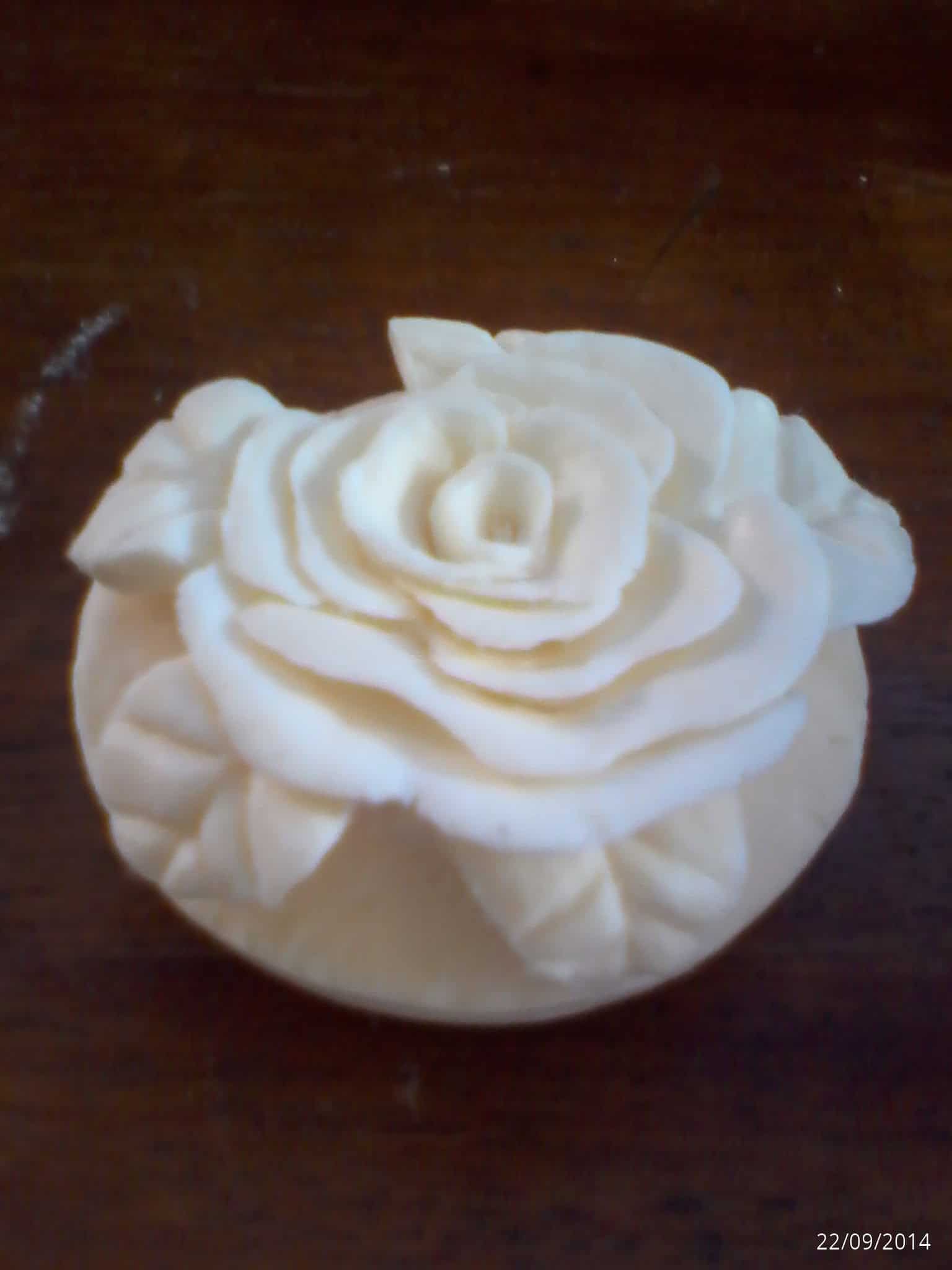
Soap is an unexpected medium that adds a fresh, clean aesthetic to art. Artists sculpt or carve soap into intricate designs, creating soft, smooth textures. As a material, soap symbolizes purity, cleanliness, and transformation. It also introduces a transient quality, as it can dissolve or change form over time. Soap art often explores themes of hygiene, consumer culture, and impermanence.
This article originally appeared on Rarest.org.
More from Rarest.org
12 Most Iconic Superhero Comic Books

Superhero comic books have become a cornerstone of popular culture, shaping the imaginations of generations. Read More.
16 Most Expensive Bulbs for Flowering Plants
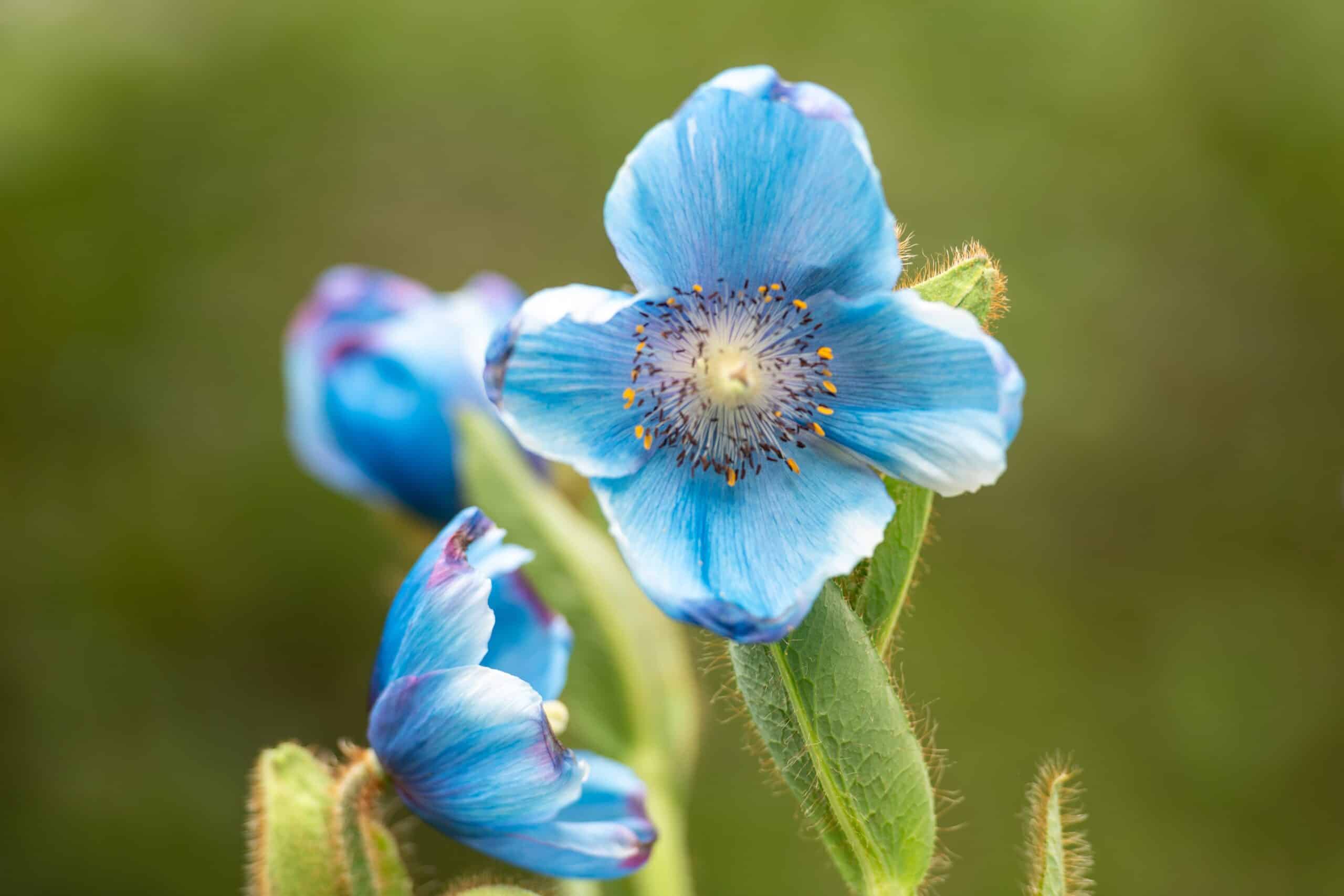
Flowering plants have long captivated garden enthusiasts with their beauty and variety. Some bulbs, however, are prized not only for their blooms but also for their rarity and cost. Read More.
12 Ways to Protect and Preserve Your Coin Collection
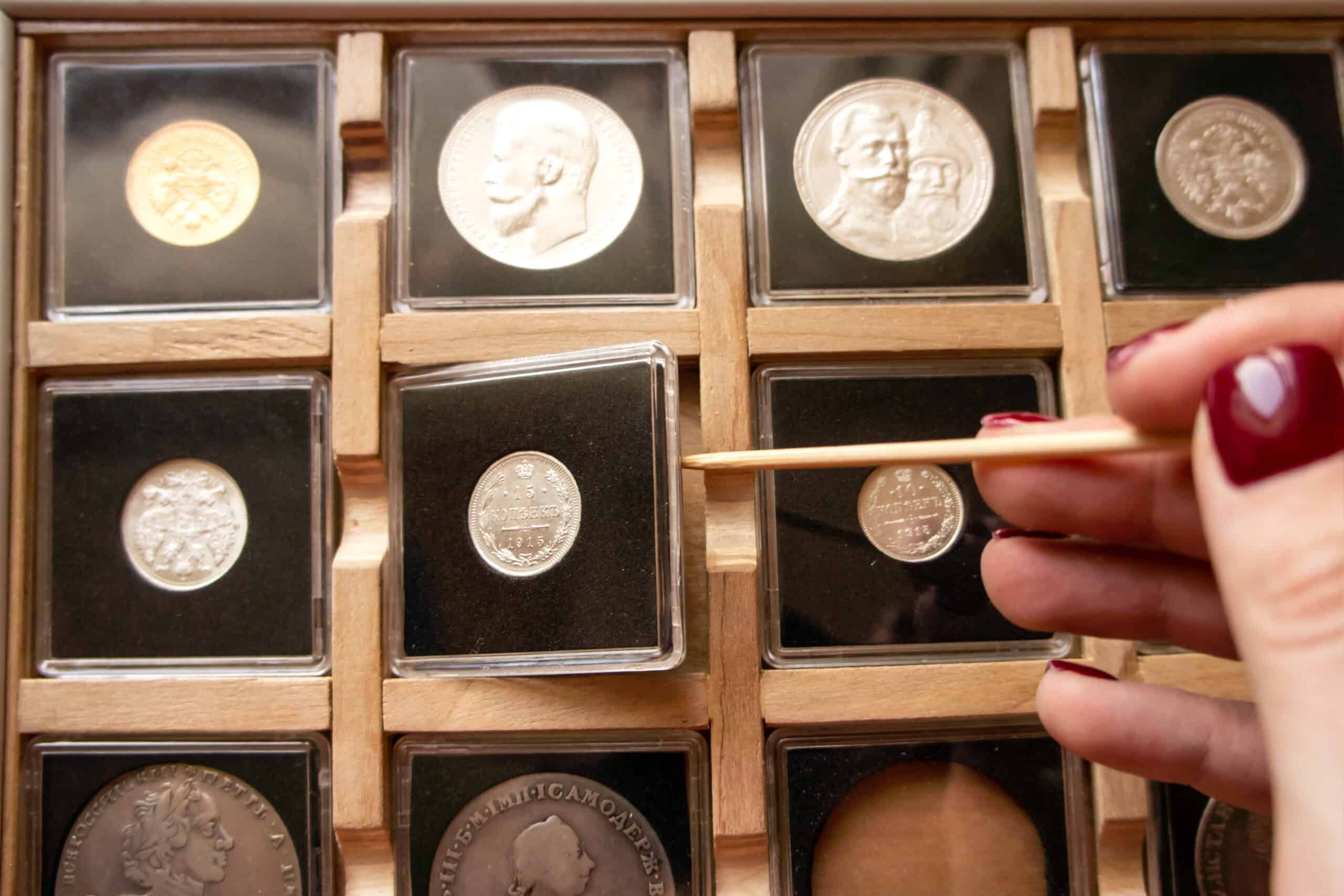
Preserving the value and beauty of your coin collection requires careful attention to storage and handling. Read More.
